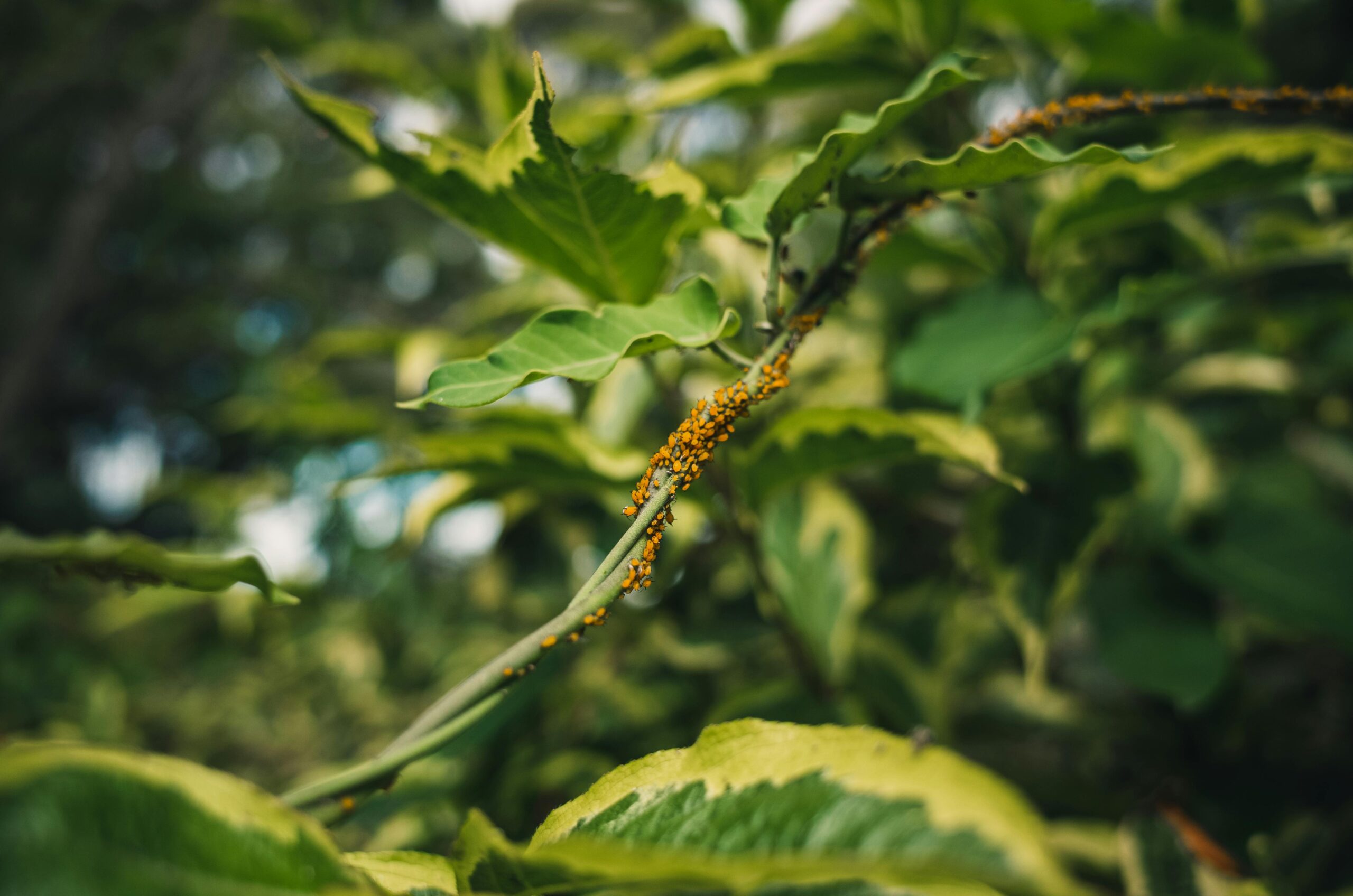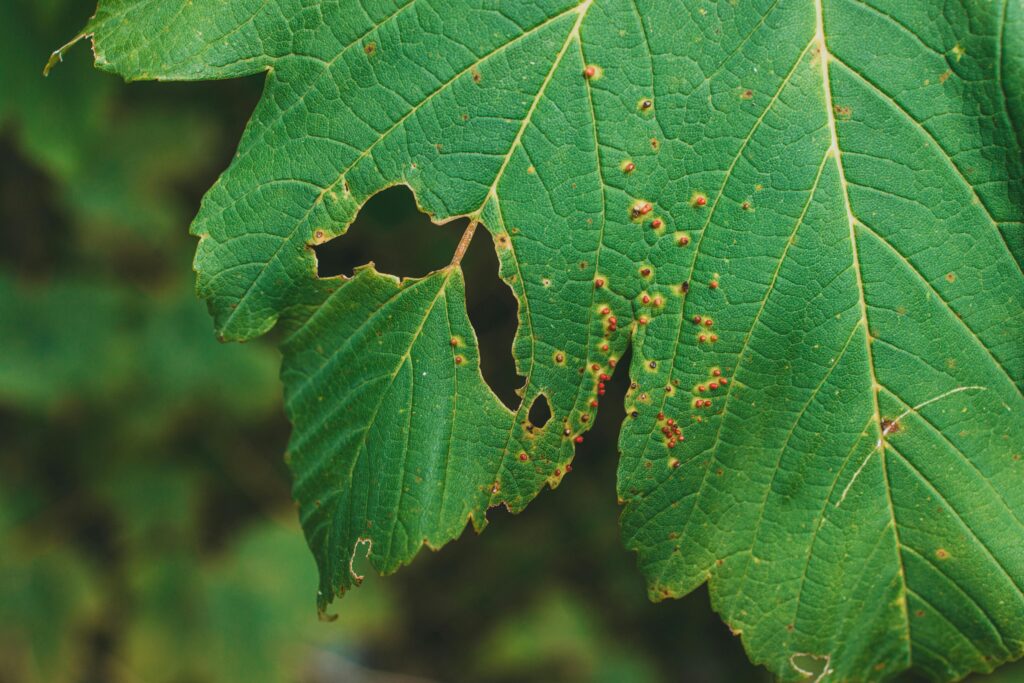
A thriving garden is a source of joy, beauty, and sustainability. However, garden pests can quickly turn your lush green space into a battleground, damaging plants and disturbing the natural balance. Many commercial pesticides contain harmful chemicals that can negatively impact soil health, beneficial insects, and even human well-being. The good news is that there are eco-friendly solutions to control and eliminate pests without harming your garden.
In this guide, we will explore 5 tips to eliminate garden pests without damaging your plants using eco-friendly methods. These techniques help protect your garden while maintaining a healthy ecosystem and promoting biodiversity.
Tip 1: Encourage Natural Predators
Nature has provided us with built-in pest control: predatory insects and animals that feed on common garden pests. By fostering an environment that attracts these beneficial creatures, you can maintain a balanced ecosystem in your garden.
How to Attract Natural Predators
- Ladybugs: These small insects feed on aphids, mites, and whiteflies. Attract them by planting dill, fennel, and marigolds.
- Praying Mantises: Excellent hunters that consume a variety of harmful insects. They are naturally attracted to gardens with tall plants and shrubs.
- Birds: Many bird species eat caterpillars, beetles, and grasshoppers. Installing bird feeders, birdbaths, and native plants encourages their presence.
- Frogs and Toads: These amphibians eat slugs, snails, and mosquitoes. A small garden pond or shaded moist areas will attract them.
Encouraging biodiversity in your garden creates a sustainable pest management system that reduces the need for chemical interventions.
Tip 2: Use Organic and Eco-Friendly Sprays
Instead of synthetic pesticides, opt for natural solutions that deter pests while keeping your garden safe and toxin-free. Homemade sprays can be effective and easy to prepare using common household ingredients.
Effective Organic Pest Sprays
- Neem Oil Spray: Derived from the neem tree, this natural oil disrupts the life cycle of pests while being harmless to beneficial insects like bees and butterflies.
- Garlic and Chili Pepper Spray: A mixture of blended garlic, chili peppers, and water can repel aphids, caterpillars, and beetles.
- Soap and Water Solution: A mild dish soap diluted in water suffocates soft-bodied insects like spider mites and aphids without harming plants.
- Vinegar and Baking Soda: Spraying a mixture of apple cider vinegar and baking soda helps prevent fungal infections while deterring pests.
Applying these sprays early in the morning or late in the evening prevents sun damage to plants and ensures effective pest control.

Tip 3: Maintain Healthy Soil and Plant Diversity
A strong garden starts with healthy soil, which plays a key role in preventing pest infestations. Pests tend to target weak and stressed plants, so creating a nutrient-rich environment enhances plant resilience.
How to Improve Soil Health
- Composting: Adding organic compost enriches the soil with essential nutrients, promoting robust plant growth.
- Mulching: Using organic mulch like straw or wood chips conserves moisture, suppresses weeds, and deters soil-dwelling pests.
- Crop Rotation: Changing the location of specific plants each season prevents soil depletion and interrupts pest life cycles.
- Intercropping: Growing a mix of plants together reduces the risk of widespread pest infestations and encourages beneficial insect activity.
Healthy soil contributes to stronger plants that can naturally resist pest damage, reducing the need for intervention.
Tip 4: Implement Physical Barriers and Traps
Physical deterrents and traps can effectively keep pests at bay without harming the environment. These methods provide targeted protection and can be customized to suit your garden’s needs.
Types of Physical Barriers and Traps
- Row Covers: Lightweight fabric placed over plants prevents insects like cabbage moths and aphids from reaching crops.
- Copper Tape: A natural repellent for slugs and snails, copper tape can be wrapped around plant pots and garden beds.
- Beer Traps: A shallow dish filled with beer attracts and drowns slugs, helping to reduce their population.
- Sticky Traps: Yellow or blue sticky cards attract flying pests like whiteflies and fungus gnats, preventing them from reproducing.
- Eggshells and Diatomaceous Earth: Sprinkling crushed eggshells or diatomaceous earth around plants deters crawling insects like ants and beetles.
Using these simple yet effective solutions allows you to minimize pest damage without resorting to toxic chemicals.
Tip 5: Practice Companion Planting
Companion planting is an age-old technique where specific plants are grown together to enhance growth, deter pests, and improve soil health. This method promotes a natural balance in the garden and reduces the likelihood of pest infestations.
Best Companion Planting Combinations
- Tomatoes and Basil: Basil repels tomato hornworms and enhances tomato flavor.
- Carrots and Onions: Onions deter carrot flies, while carrots help aerate the soil for onion roots.
- Marigolds and Vegetables: Marigolds emit a strong scent that repels nematodes, aphids, and whiteflies.
- Lavender and Roses: Lavender deters aphids and attracts pollinators that help flowers thrive.
- Cabbage and Dill: Dill attracts predatory wasps that prey on cabbage worms.
By strategically placing plants that support each other, you create a natural defense system against pests while boosting garden productivity.
Conclusion
Eliminating garden pests without damaging plants is possible through eco-friendly techniques that promote sustainability and biodiversity. By encouraging natural predators, using organic sprays, maintaining healthy soil, implementing physical barriers, and practicing companion planting, you can create a pest-resistant garden that flourishes without harmful chemicals.
These 5 tips to eliminate garden pests without damaging your plants using eco-friendly solutions not only protect your garden but also contribute to a healthier environment. Implement these methods today and enjoy a thriving, chemical-free garden filled with lush greenery and vibrant blooms!

One thought on “5 Tips to Eliminate Garden Pests Without Harming Your Plants Using Eco-Friendly Methods”